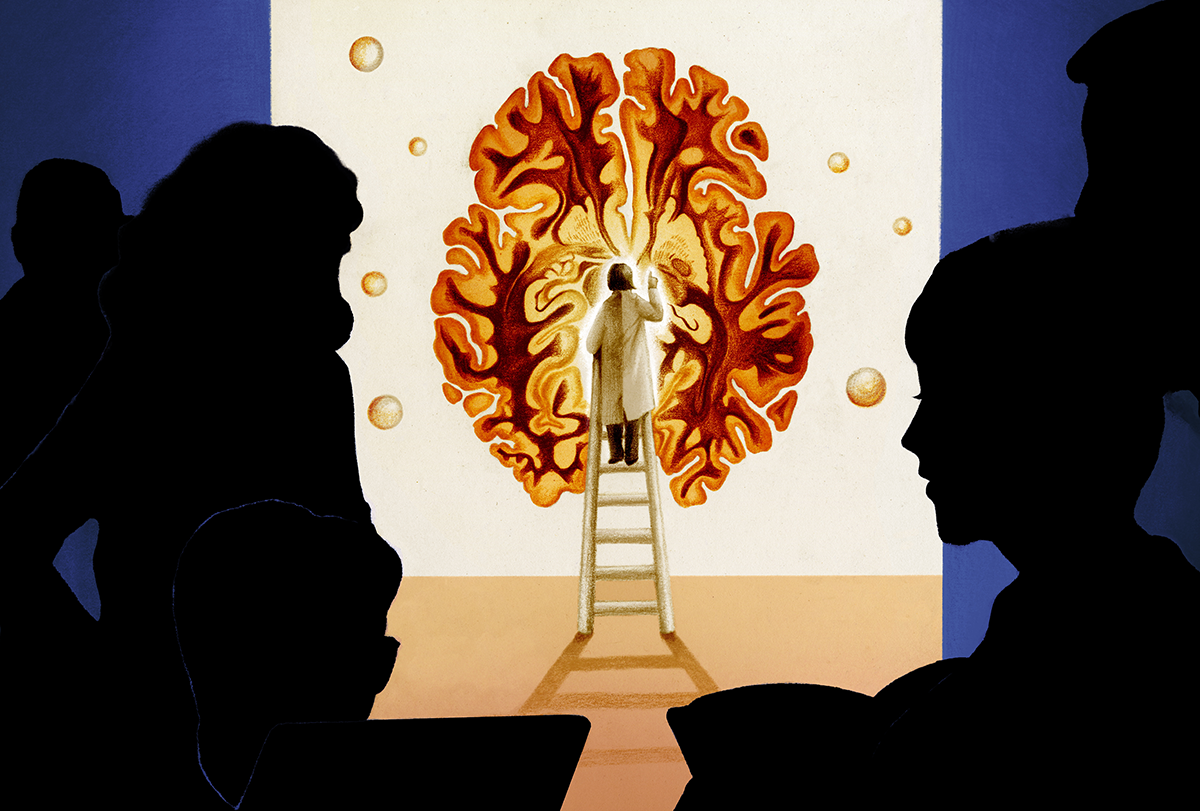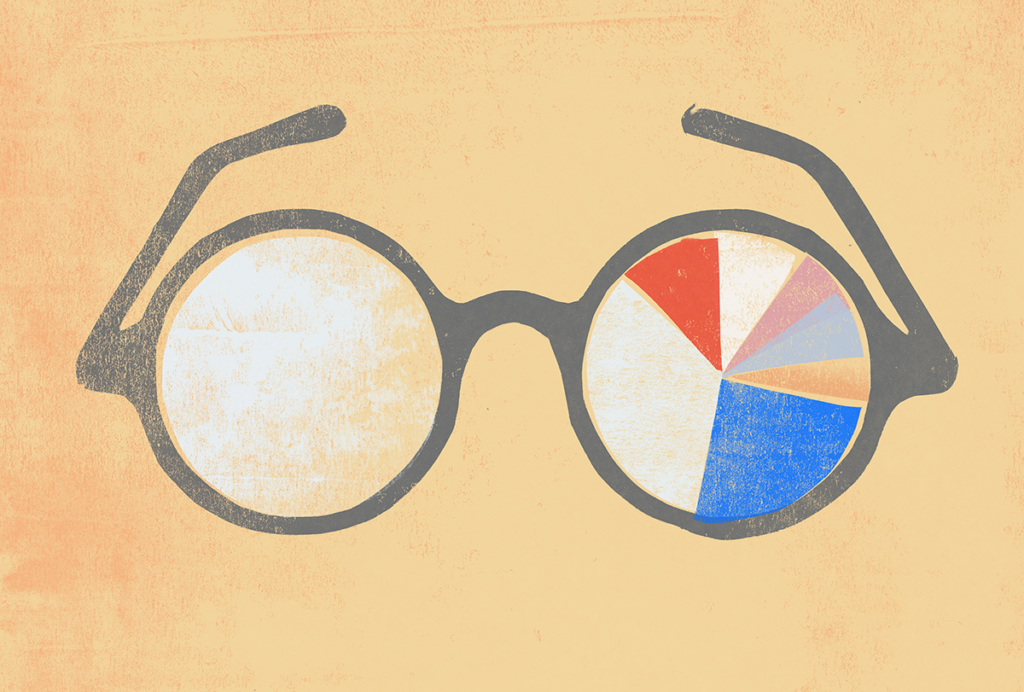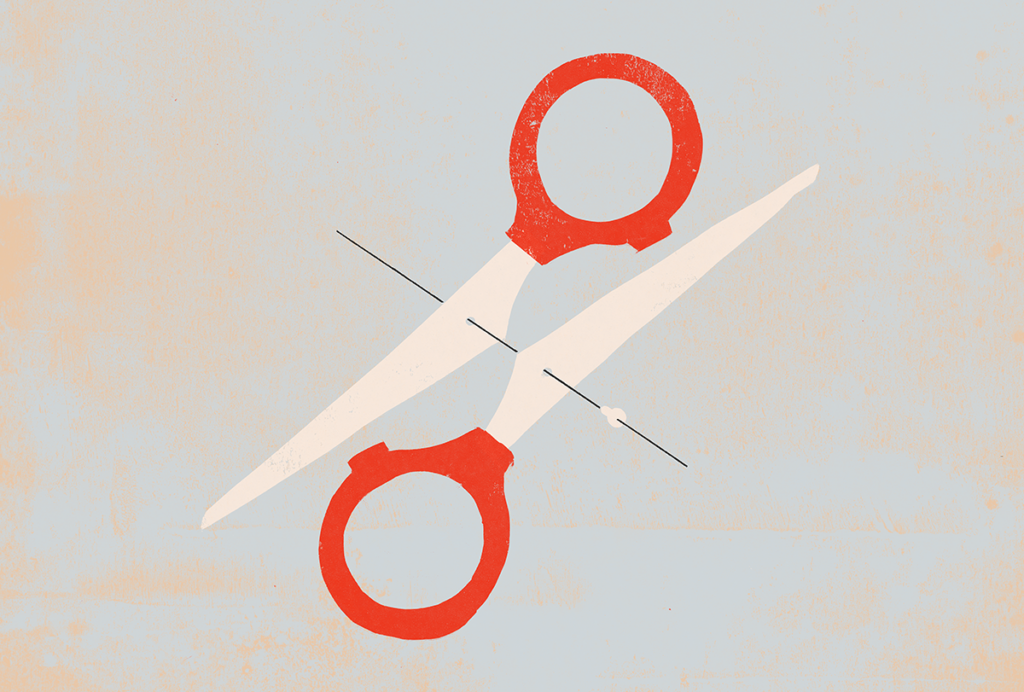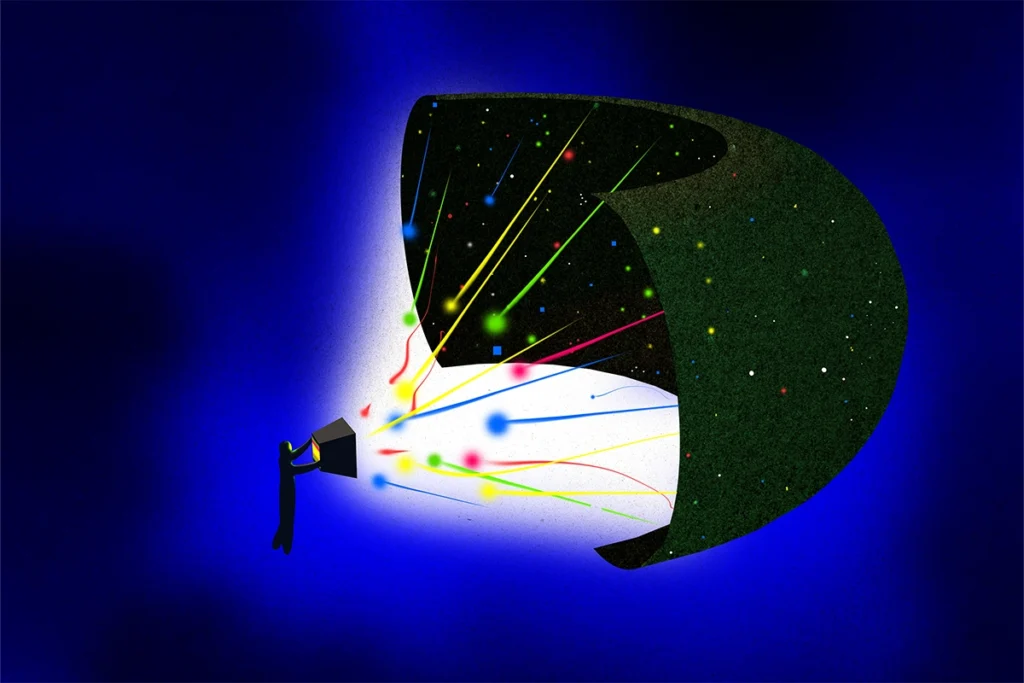There’s a growing feeling that if we want to understand the brain, we need to make some huge bets—on the scale of an Apollo or Human Genome Project for neuroscience. Although U.S. federal funding for such a project seems unlikely in the current climate, it remains an open possibility for other countries and independent funders. But is it the right time? More broadly, is this the most effective way to approach neuroscience research? Is there a clearly defined need for the likely outcome of such a project—for example, a specific new technology, such as new way of recording neural activity, or data, such as connectomics, that we know we will eventually have to gather?
If you ask 100 neuroscientists, you might get 50 different answers to those questions. We’re not in total disagreement, but we’re far from a consensus.
A big project that produces new technology or data would likely have a significant impact. Assuming it doesn’t take funding away from other research, it couldn’t hurt, right? I argue that there’s still a risk. If we give a huge pile of money to a single project under a unitary vision, that vision can’t help but have a major influence on the rest of the field. And if that vision comes from an established, senior figure—as it surely would—then it’s most likely a scaled-up version of a core idea that has already been well funded and explored, probably for decades. As a result, junior researchers would be drawn in to this established approach rather than having space to develop their own autonomous research agendas and ideas.
Instead of cutting the pool of scientists who can carry out independent research, we need to go in the opposite direction: Let’s spread the ability to set our research agenda more broadly and try out new mechanisms of cooperative science.
S
cience is the work of generations, fueled by ideas that challenge established ways of thinking. It needs a constant influx of new scientists driven to prove the value of their ideas.We are already doing a disservice to younger generations of scientists. In the United States, the average age at which a scientist becomes “independent” (as measured by when they get their first R01 grant) has increased from about 35 in 1980 to 44 in 2020. That’s almost 10 fewer years in which they are most actively and vigorously pursuing their own ideas, and 10 more spent in service to the ideas of the previous generation. Sir Isaac Newton was 24 when he invented calculus, Albert Einstein 26 when he formulated the theory of special relativity. When they discovered the structure of DNA, Rosalind Franklin and James Watson were 33 and 25, respectively. (Francis Crick was 37, although at the time he was still finishing his Ph.D., which had been delayed by World War II.)
Do we really think that science is so different today that we shouldn’t trust scientists to take control of their own research agenda until they are decades older than those who made these historic scientific discoveries? Do we really want to even further hobble the next generation by making them fill missing pieces in the vision of some senior researcher, because that’s where the money is?
One possible reply to this is that some approaches can work only when tested on a large scale, and that we’ll need to do this to understand the brain. Maybe. But every attempt we make has a cost, both financially and in missed opportunities. The Human Brain Project was a 10-year, 600-million-euro bet that if we threw enough data-driven detail into our models and scaled them up, we could simulate the human brain. We could not. The project yielded some valuable outcomes, but most neuroscientists would not say it achieved its promise. What could the brilliantly talented young Human Brain Project researchers have achieved had they pursued their own visions?
And there are reasons why neuroscience specifically should be cautious of large-scale projects. Consider the Human Genome Project, which was arguably a huge success. Even though it didn’t deliver cures for huge numbers of diseases, it did lead to the creation of amazing new genetic technologies and a culture of open data. The scientific community was not united around the project—far from it. But it won support because many agreed that having a fully sequenced human genome would be valuable; we were going to collect this data eventually; and we might as well do it quickly and efficiently instead of haphazardly over many decades.
It’s not clear that a big neuroscience project could muster this level of agreement. Do we need connectomes? Whole-brain recordings (and at what temporal scale)? Large-scale simulations (with or without spikes)? We could spend billions on any of these, and for each of them there would probably be a majority of neuroscientists who would think it was the wrong approach. When any single bet we make is likely to be unsuccessful, we should try out more ideas rather than fewer. Before we go all in on one idea, we need to spend time as a community building consensus rather than imposing it from above. The time for big bets in neuroscience may come, but we’re not there yet.
S
o should we just go on as we are? Well, there is a good case for doing some relatively expensive projects (medium bets). The original Neuropixels probe cost $5.5 million, and the recently announced third iteration about $13.5 million. That’s more expensive than almost any individual lab could afford, but the technology has had an enormous impact and represents money incredibly well spent.There are also interesting new funding models, such as focused research organizations supported by private philanthropy to build a team of 20 to 30 scientists working for five years on a specific problem. They have significant resources and capability but often have relatively young leadership teams and can pursue research programs that would be challenging within academia. Questions remain, however, on the long-term effect of relying on private philanthropy to set the research agenda.
More excitingly, perhaps we could try to actually reverse the trend of giving agency to researchers later in their careers. Instead, fund junior scientists directly and independently, not based on a competition for grants and jobs decided by senior scientists. Established scientists would play an important but non-binding advisory role to nurture the talents of their junior colleagues. There are, of course, challenges with this approach, not the least of which is who decides which junior scientists get scientific independence. But we don’t have to immediately jump to a fully fledged alternative way of organizing research funding; we can take steps in the right direction.
To make this work, we will need new models of cooperation—ones in which scientists join forces to tackle big problems because it’s an effective way of doing the most meaningful work, not because they feel compelled to be part of a clique to access scarce funding. If we really want to make a big bet, a braver choice would be to lay the groundwork for this sort of collaborative approach. For example, try assembling a group of junior scientists with big ideas about how to do science differently, and who don’t yet have permanent jobs. Give them the resources to fundamentally shake up the way we do science: to build new tools, new cultures and new institutions. We will all benefit when we, and the generations that follow, can do science based on working together without hierarchies and constant, exhausting competitions.






